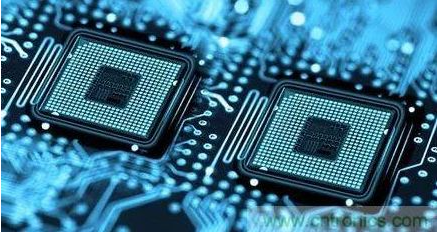
Electromagnetic Compatibility (EMC), Signal Integrity (SI), and Power Integrity (PI) are closely related. We must maintain SI & PI performance and consider stack-up & shield isolation in order to avoid EMC problems when laying out a PCB.
Signal Integrity (SI) and EMC have a direct relationship, so it is integral to avoiding EMC problems. SI is linked to the design issues: overshoot, reflection, and cross talk. When signal impedance matching is not good, signals will have a variety of reflections. The reflections will have a larger overshoot, and the overshoot amplitude will not only impact the life of the device, but also affect the radiation. Since overshoot is the source of radiation, you need to try and control the impedance for some of the key signals in PCB design. This requires the use of a certain external termination to achieve the match. In addition to the impedance issue, you need to pay attention to the signal cross-split problem. When it comes to signal back flow issues, a large signal return path will generate crosstalk. Crosstalk is the coupling between the signals and is caused by electromagnetic interference (EMI). In order to avoid crosstalk, you must maximize the spacing between the signals, especially for the microstrip line. Regarding crosstalk between the double strip line, you need to avoid the upper and lower level parallel lines going for too long. There are other problems such as board edge alignment to consider. Having good general SI knowledge in the PCB design will allow you to avoid many EMC-related issues.
Designing based on Power Integrity (PI) is also key to avoiding EMC problems. Once your power design is good, your product is halfway successful. Regarding PI, you must consider the power plane impedance. In order to see if the power supply of a variety of capacitive matching is reasonable, you must do a comprehensive assessment. To ensure the power supply network has a low impedance channel, you must look at the entire frequency band. If the band impedance exceeds the limit, the band will have a higher noise, indicating EMI. So, you must use the corresponding band capacitance to filter out the noise.
The Stack-up, ground layers and filter point of view also must be considered to avoid EMC problems. The stack up provides the most basic signal frame work, which needs to meet the SI & PI requirements. It will also ensure that the board meets the design for manufacturability guidelines. Regarding the ground layers, you must split the sub-signal to ensure that the signal can back flow and reference one another. A variety of ground segmentation is required, with the ultimate goal being finding ways to connect the segments. You must also differentiate the needs of the signal filters. Common signal filter formats are: low-pass, high-pass, band pass, & band resistance. There are other filter devices, such as: feed-through filter, L-type filter, Pai-type filter, T-type filter, & common mode filter. Using different filter devices in the hardware design will require different design considerations.
The last topic to be aware of is shield isolation. Because the chips themselves have a large amount of radiation, the radiation cannot be removed on the board level. So in addition to the procurement of small radiation chips, we need to use a shield hood to isolate different systems. As you often see in cell phone designs, there are iron shield boxes to wrap the chips. Because the mobile phone chip emits a lot of radio frequency signals, it can easily interfere with other signals and can also be interfered with. So the iron shield boxes are used for shielding and isolation of EMI.
